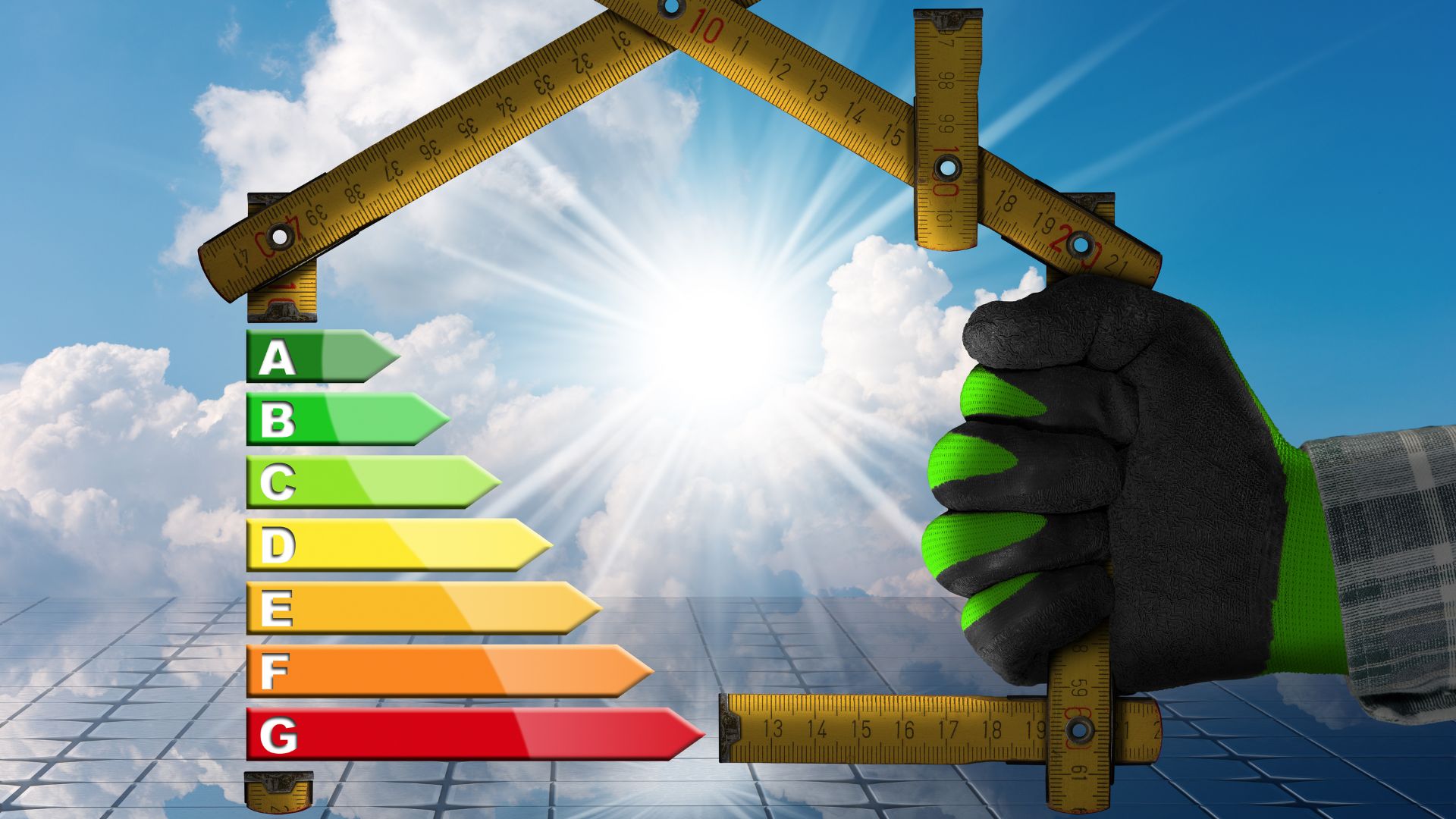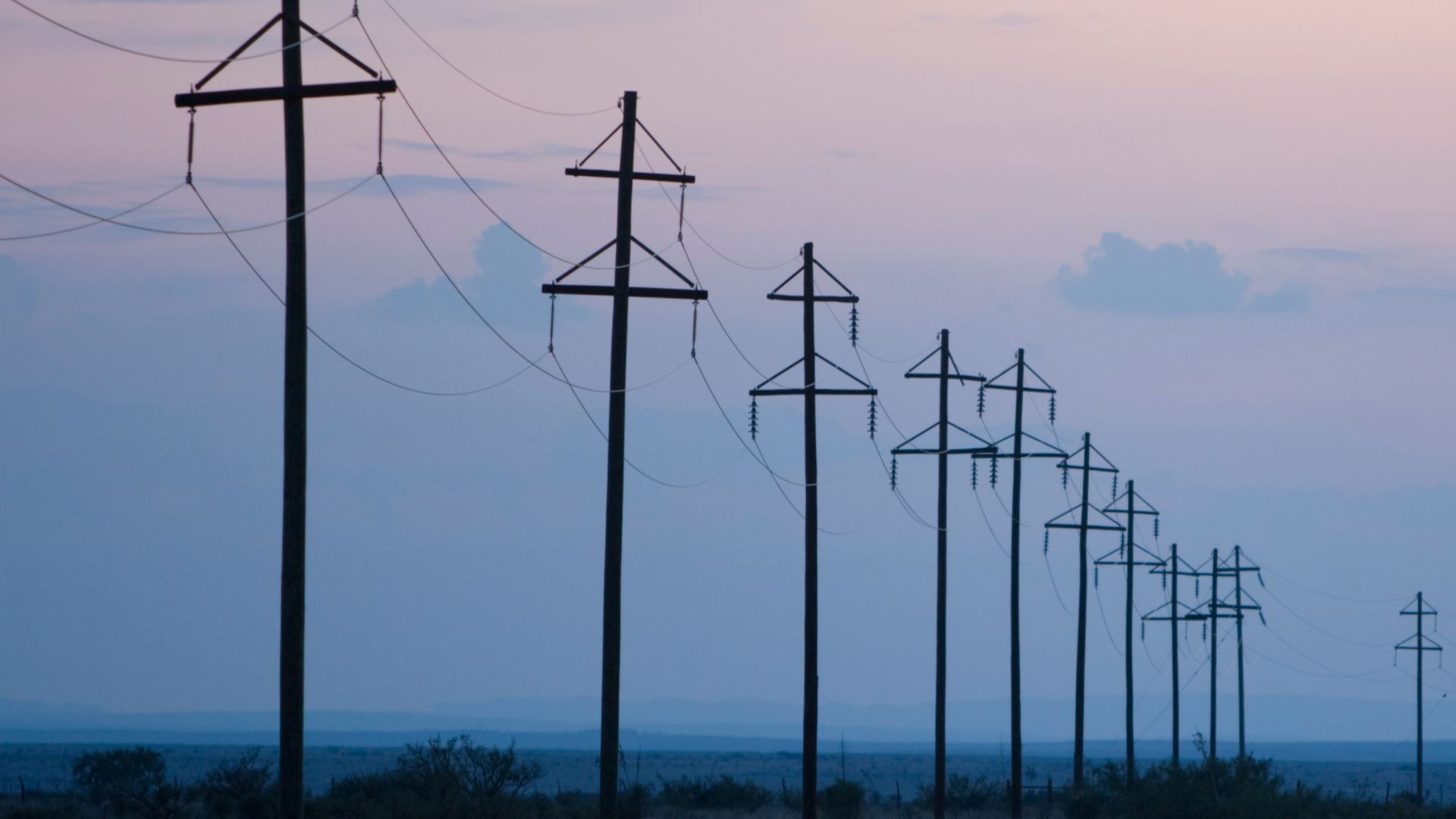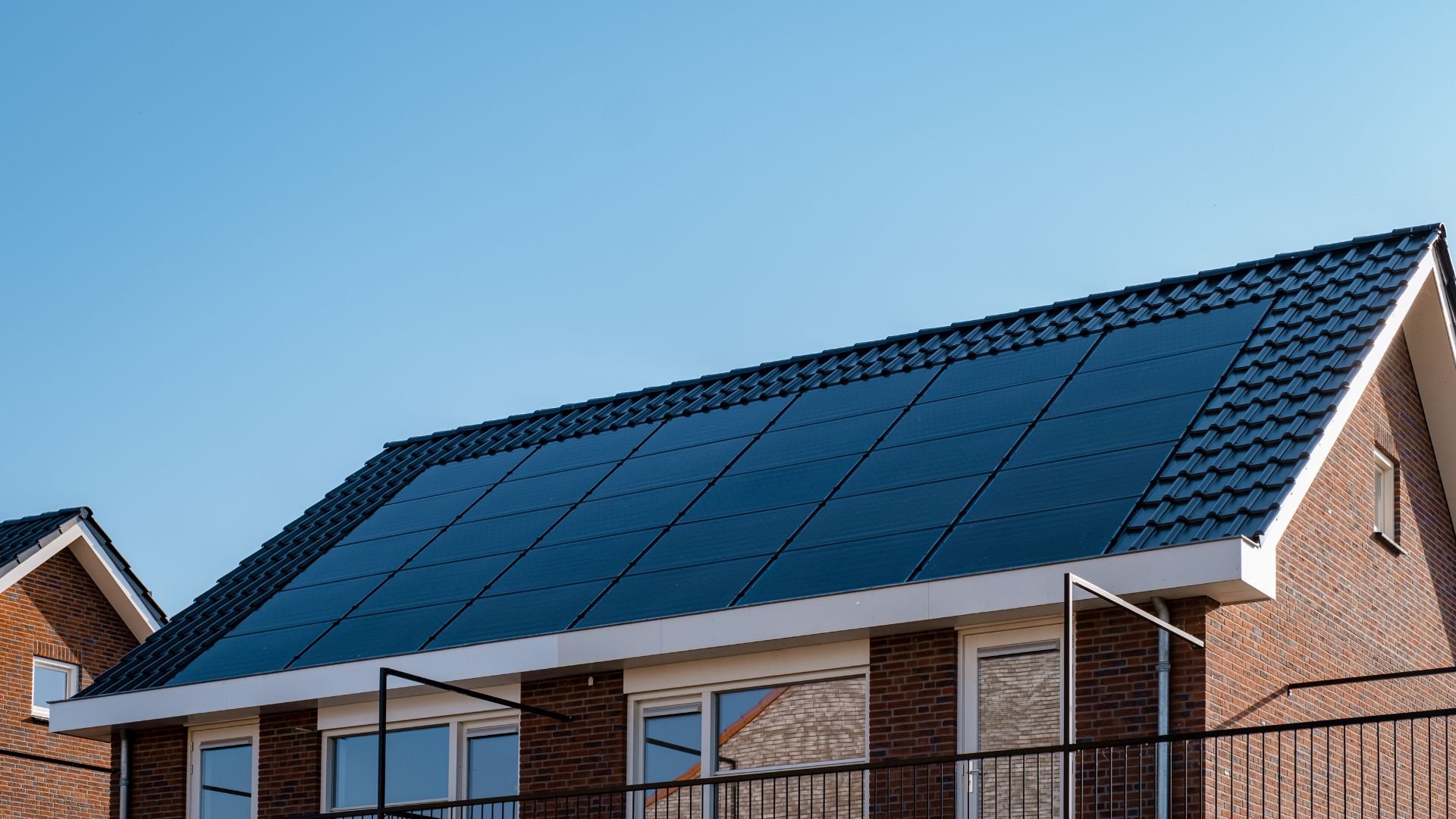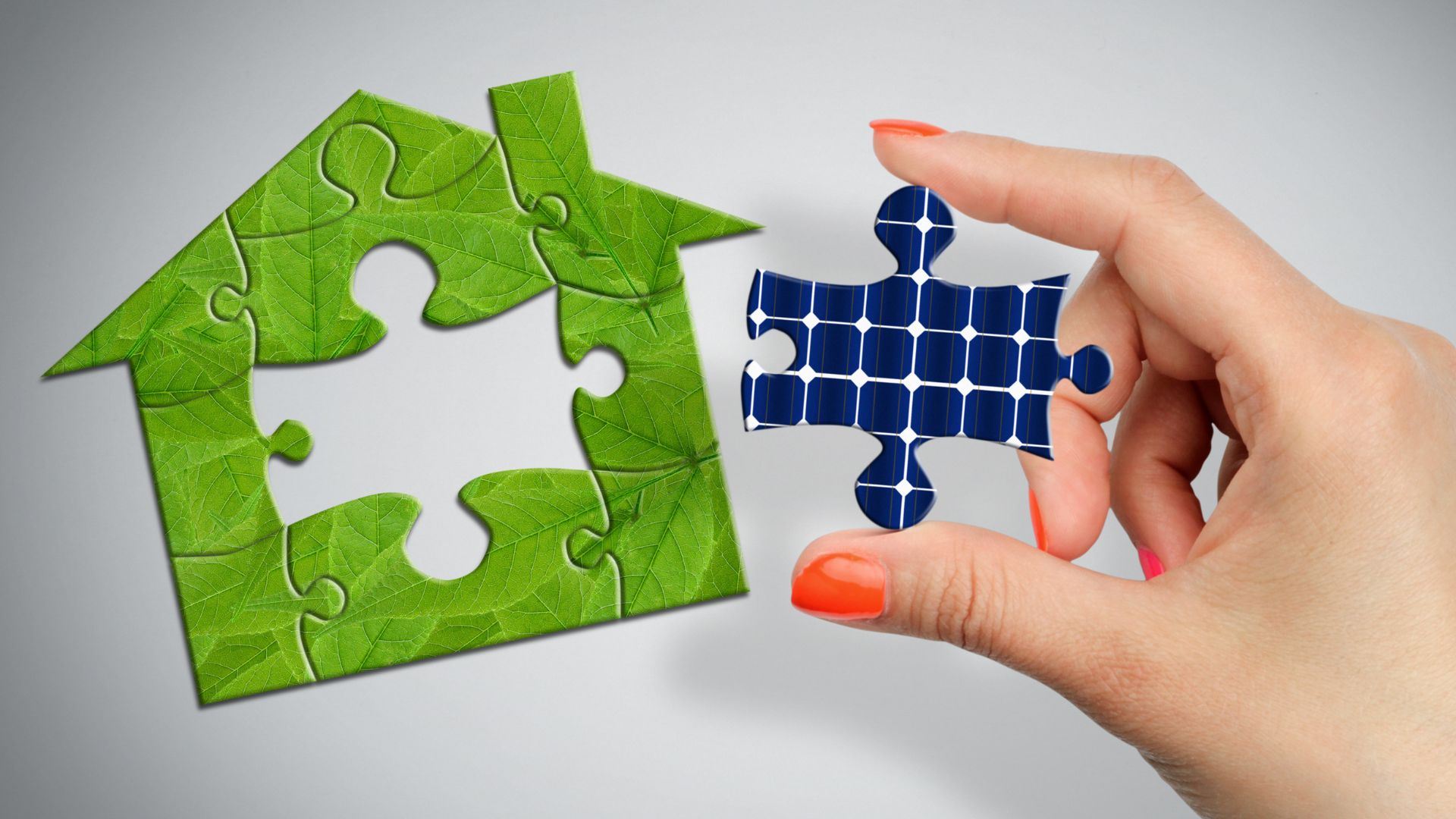Solar panels are a great investment for those trying to lower their energy costs and carbon impact, but how can you upgrade your solar system for maximum efficiency?
In this blog post, Polo Corona, Green Home Systems‘ System Design Manager, discusses the key factors that can optimize the efficiency of your solar panel system.
What is the azimuth and why is it important?
The azimuth is the direction that your roof is actually facing relative to the sun. If you are in a southern state, you get a better angle to the sun, which is one of the most important factors that will help you upgrade your solar System for maximum efficiency and make sure your system producing correctly.
Do solar panels work in cold weather?
Solar panels can convert sunlight into electricity even in extremely cold weather. This is because the energy absorption of solar panels relies on the abundant light from the sun, not its heat. Interestingly, cold climates are often ideal for the efficiency of solar panels. As long as a solar panel is exposed to sunlight, it can produce electricity. It’s not necessary for your home to be located in sun-drenched states like California, Arizona, or Florida to reap the benefits of solar energy. Solar panels have proven time and again that they can effectively generate electricity even in states like Wisconsin, and in snowy and extremely cold climates.
How does shade affect my solar system’s efficiency?
Even when exposed to shade, solar panels continue to function, albeit at a reduced capacity due to less sunlight exposure. The exact output may vary based on the degree of shade the panels encounter, but as a general guideline, solar panels under cloudy conditions or in the shade typically generate about half the energy they would under direct sunlight. Trees, especially those in close proximity to your solar array, can indeed cause shading issues. This is a common scenario for residential properties located in areas with abundant greenery. As trees and other foliage grow over time, they can gradually extend their reach over your solar panels. The shade cast by trees can significantly reduce the amount of sunlight that reaches your solar panels, thereby decreasing their energy output. However, there are solutions to mitigate the impact of tree shading. One option is to trim or prune the trees regularly to prevent them from shading the panels. Another is to strategically place the solar panels during installation to avoid potential shading from trees. In some cases, microinverters or power optimizers can be used to ensure that the performance of the entire system isn’t affected by a single shaded panel.








